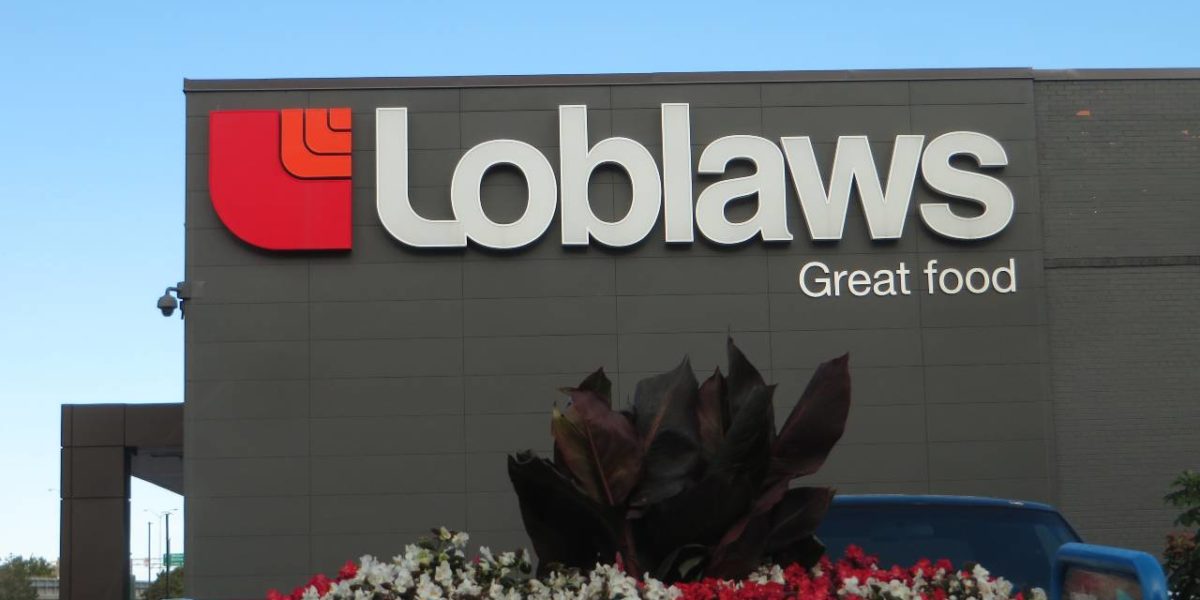Last week, spokespeople for the giant Canadian grocery retailers told a House of Commons committee looking into food inflation their record corporate profits are not responsible for the current spike in food prices.
More industry executives will bring the same message to the committee this week.
The industry folks present what appear to be credible arguments. They focus on issues out of their control, such as supply chain disruptions and large jumps in energy costs.
READ MORE: Giant grocery chains refuse blame for high food prices
A number of economists disagree, however. They say food retailers are being disingenuous and careless with their facts and figures.
Jim Stanford, Director of the Centre for Future Work, is among those economists.
In a piece published by the Progressive Economics Forum Stanford shows that grocery store profit margins on food products have “increased notably since the pandemic.”
He notes that the grocery spokespeople use careful language when they assert their profit margins haven’t changed much over the last year.
That statement is technically true, but it hides more than it reveals.
Stanford explains that the big bump in grocery retailers’ profit margins happened not this past year but earlier in the pandemic, “amidst the panic, toilet paper hoarding, and other unique circumstances of the lockdowns.”
“Margins jumped,” Stanford says, “and have stayed high relative to historical norms — even after economic re-opening and ‘normalization’.”
RELATED: Canadian workers are not to blame for inflation
The average grocery store profit margin since the lockdowns began more than two years ago is now three quarters higher than in the period from 2018 to the first three months of 2020.
And when you look at actual profit numbers, not percentages, you see that total profits in food retail have more than doubled since before COVID – from $2.4 billion in 2019 to a whopping $5.2 billion over the last twelve months.
Now, it is true that increases in sales volumes almost inevitably drive increases in corporate revenues. If such were the case for food sales in Canada, it might be a plausible explanation for the food retail corporations’ huge increases in profits.
However, Stanford points out, the opposite is the actual case. The volume of grocery sales has not increased; it has declined of late.
“There was an enormous temporary spike in sales during the lockdowns (panic buying), mostly reversed by mid-2020. Then, more recently, the quantity of sales has steadily shrunk.”
The fact that Canadians can once again eat out in restaurants is one reason for the decline. Food price inflation, which has caused consumers to reduce their purchases, is another.
Stanford explains what is going on this way:
“The volume of sales in supermarkets is now lower than it was before the pandemic hit – which is unusual given population growth since then. So, the margin of profits, and the mass of profits, and the rate of profits have all increased – but all generated from a smaller volume of actual physical business.”
Those facts and figures, argues Stanford, are “definitely proof that the industry is profiting unusually from the current conjuncture of supply chain disruptions, inflation, and consumer desperation.”
If what industry representatives told the House committee were true – namely that price increases are entirely the result of a spike in transport, fertilizer and other upstream costs – “there should have been a reduction in profits” for the retail giants.
Profits have gone up, way up, not down, however. The question is: Why?
Domination of food retail by a tiny handful of firms
Canada’s food retail industry is dominated by a tiny number of firms, which constitutes what economists call an oligopoly.
When a single firm controls the entirety of an industry, we have a monopoly. In Canada a number of provinces used to have monopolies for telephone service. Many provinces still have publicly owned monopolies for the supply of electricity.
Oligopolies are similar to monopolies, except in the case of oligopolies a handful rather than a single firm dominates an industry.
Both monopolies and oligopolies have the effect of eliminating or limiting competition. And both put the consumer in a relatively weak bargaining position vis-à-vis the sellers of products or services.
The powerful oligopoly that controls Canada’s food retail industry is one reason retailers’ profits have gone up, despite their declining sales volumes.
Stanford identifies another root cause for these unusual increased profits: Greed.
“The combination of greed (more politely termed ‘profit maximization’), along with supply chain disruptions and consumer desperation during and after the pandemic, along with oligopolistic pricing power, clearly explains much of the pattern of recent inflation in Canada,” Stanford explained.
The economist does add, charitably, that the food retail industry is not the most flagrant Canadian case of profiteering on inflation. That distinction belongs, he says, to the energy sector.
Still, Stanford tells us:
“Supermarkets have clearly profited from the post-pandemic inflation, and richly deserve the critical attention they are receiving. The hard numbers clearly contradict the
claim that supermarket profit margins are stable and no extra profits have been earned.”
The MPs on the House of Commons committee currently looking into food inflation owe it to themselves and to Canadians to take a good hard look at what Jim Stanford has laid out so cogently.




